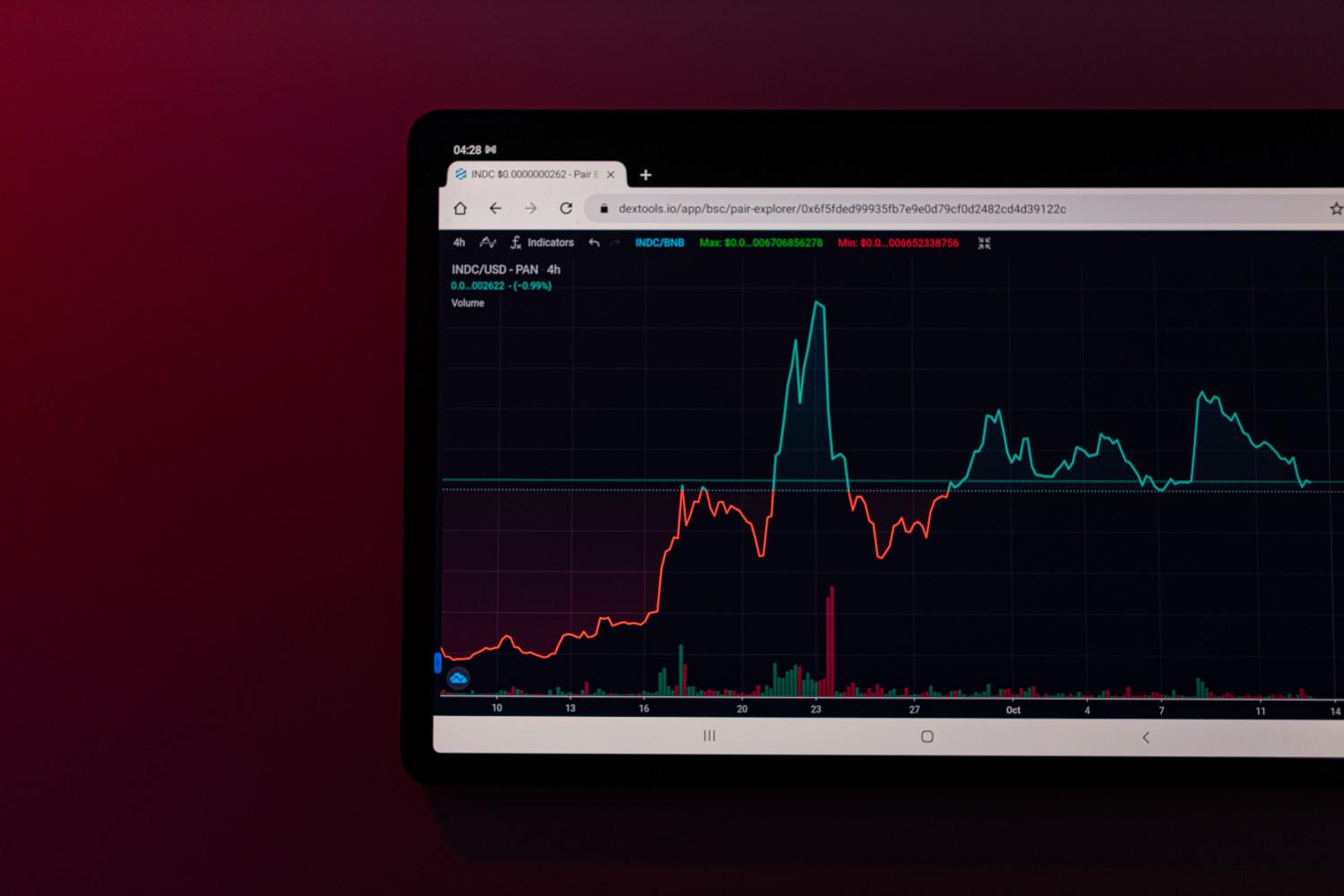The tokenization of investments and properties is one of the many blockchain applications that are proving to be currently active and profitable. This includes managing exchange services and creating cryptocurrency-related assets and derivatives. Generating tokens enables the creation of a scarce, highly liquid, and programmable asset, linked to various sources of value.
Initial Token Offerings (ITO) involve creating value linked to a token issued on an existing blockchain, such as Ethereum. This type of activity is usually linked to a project or company’s functionalities. In contrast, an Initial Coin Offering (ICO) refers to the creation of a new blockchain. However, issuing a token on an existing blockchain, such as Ethereum’s, is often the best choice since it is the largest network after Bitcoin.
Today, the tokenization of a property and its availability as an investment are fairly common practices. However, there are legal issues to consider, including ongoing government regulation, particularly regarding public savings and the issuance of securities. Regulation of the phenomenon is expected, but it is not yet clear how each government will manage the issue.
In Italy, the fintech decree of March 2023 created a regulatory framework for the tokenization of traditional financial instruments, paving the way for a series of new opportunities for companies and investors.
In particular, the decree allows for the digitization of corporate stocks and bonds through registration on a DLT platform. The regulation also establishes requirements regarding the integrity, authenticity, non-repudiation, and non-duplication of digital financial instruments, as well as the obligations of issuers.
In general, the tokenization of financial instruments could lead to greater democratization of investments, allowing a larger number of people to participate in the financial market more easily and conveniently. However, it is important to keep in mind that the tokenization of financial instruments also presents some challenges and risks, such as regulation, security, and liquidity of the issued tokens.
Vuoi sviluppare o integrare servizi finanziari nel tuo Brand? Contattaci!
Ti forniremo la consulenza ed il supporto per sviluppare una soluzione adatta alle esigenze del tuo business. Let’s embed finance together!
Nelle nostre soluzioni tecniche usiamo:
Lemonway è l’istituto di pagamento paneuropeo dedicato ai marketplace e alle piattaforme di finanza alternativa che cercano l’elaborazione dei pagamenti e la gestione dei portafogli.

Le operazioni di core business di GrowishPay sono gestite principalmente attraverso un’API chiamata GwAPIv2. Questa API viene utilizzata dai prodotti di proprietà di GrowishPay ed è anche offerta come servizio su licenza per clienti e partner.

React è una libreria front-end JavaScript gratuita e open-source per la costruzione di interfacce utente basate su componenti UI. È gestita da Meta (ex Facebook) e da una comunità di singoli sviluppatori e aziende.[

Next.js è un framework di sviluppo web open-source creato da Vercel che consente di realizzare applicazioni web basate su React con rendering lato server e di generare siti web statici.

Salesforce fornisce software e applicazioni per la gestione delle relazioni con i clienti (CRM) incentrate su vendite, assistenza clienti, automazione del marketing, analisi e sviluppo di applicazioni.

